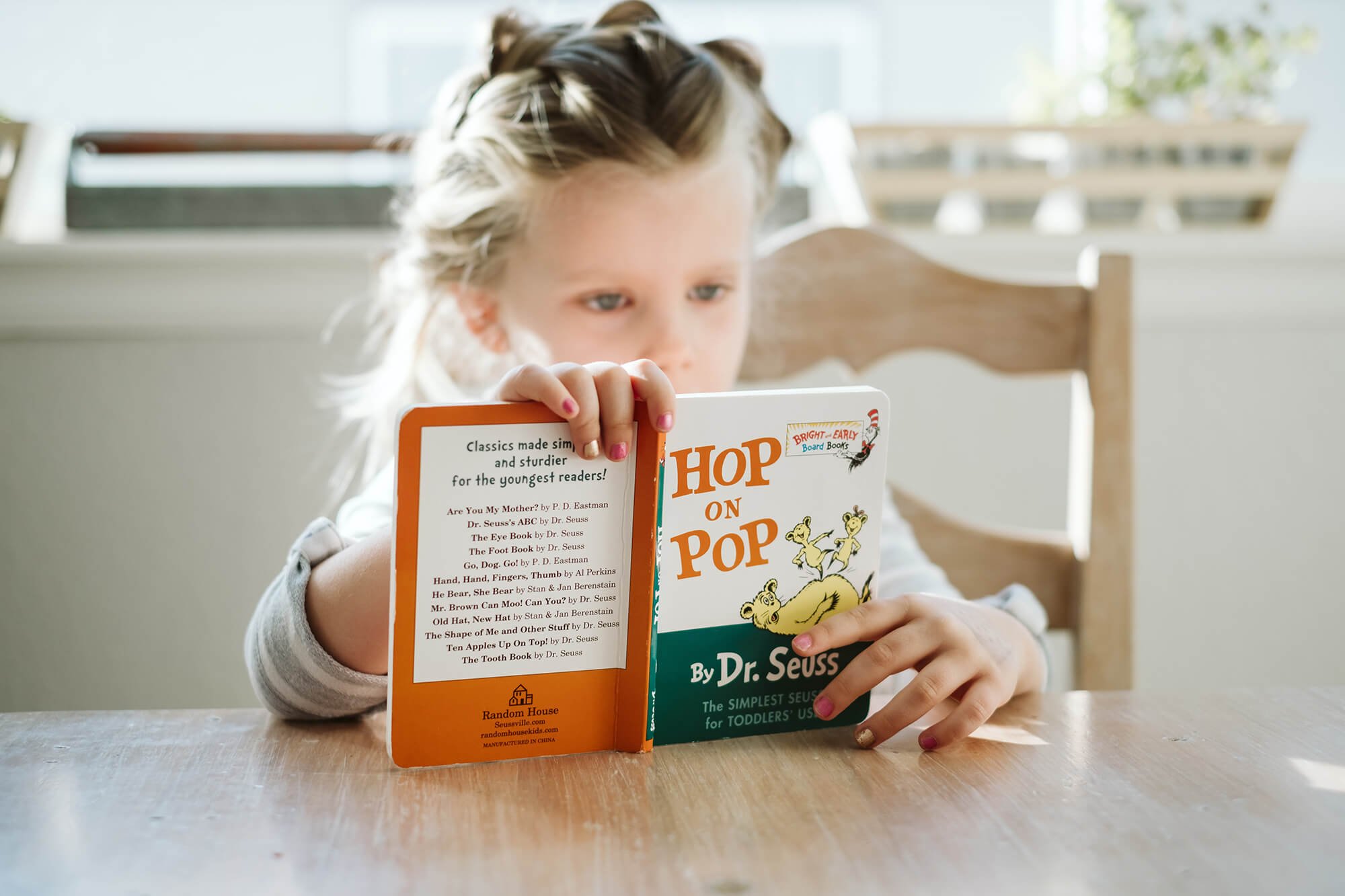What is phonics and why is it important?
Phonics is a successful method of teaching children how to read. It helps children identify the sounds of individual letters and how those sounds blend together to decode unfamiliar words. Understanding phonics is vital for your child’s success in reading and writing.
Children need to understand that words are made up of letters and each letter represents a sound. Once children can identify individual sounds, they can begin the skill of blending those sounds together to read words. Without this understanding, children will not become fluent readers.
Reading is not an innate skill, it needs to be explicitly taught, yet it is imperative for a child’s development. We are born with a natural ability for spoken language, however reading is different. We need to guide children through explicit and sequential literacy teaching. ‘Explicit instruction in phonics is the most effective way to teach children to read words accurately; by teaching them to decode words. When children know how to decode, they will be able to read almost any word they encounter.’ (Buckingham, J. 2016)
Phonics is now widely recognised as the best way to teach reading. So much so, that the Victorian government, here in Australia, has recently introduced a mandatory phonics screening check for all Grade 1 students.
Whilst phonics is a very important element to reading, there are four other essential skills that contribute to becoming a confident reader. The five pillars of reading have been identified as the fundamental skills needed to achieve reading success. These include;
Phonemic awareness: learning to hear, identify and manipulate sounds in spoken words.
Phonics: identifying the sounds of individual letters and blending those sounds together to read words.
Vocabulary: the words we must know and understand in order to communicate.
Comprehension: the ability to understand the meaning of text.
Fluency: the ability to read aloud with accuracy, expression and appropriate speed.
Other literacy terminology linked to phonics include;
Blending: merging letter sounds together to read words.
Decoding: the ability to apply letter sound knowledge to read a word.
Digraph: two letters making one sound. For example /ch/ as in cheese.
Grapheme: a letter, or group of letters, representing a phoneme.
Phonemes: a phoneme is a speech sound. There are 44 phonemes in the English language. These sounds help distinguish one word or meaning from another.
Literacy research consistently emphasises the importance of teaching phonics early, before the first years of school, to support a child’s reading and learning growth. Starting early and starting right, will set your child up for success and a love of learning!
Book now to confirm your child’s place in one of the Leap Street programs or contact us to discuss your child’s individual needs.

